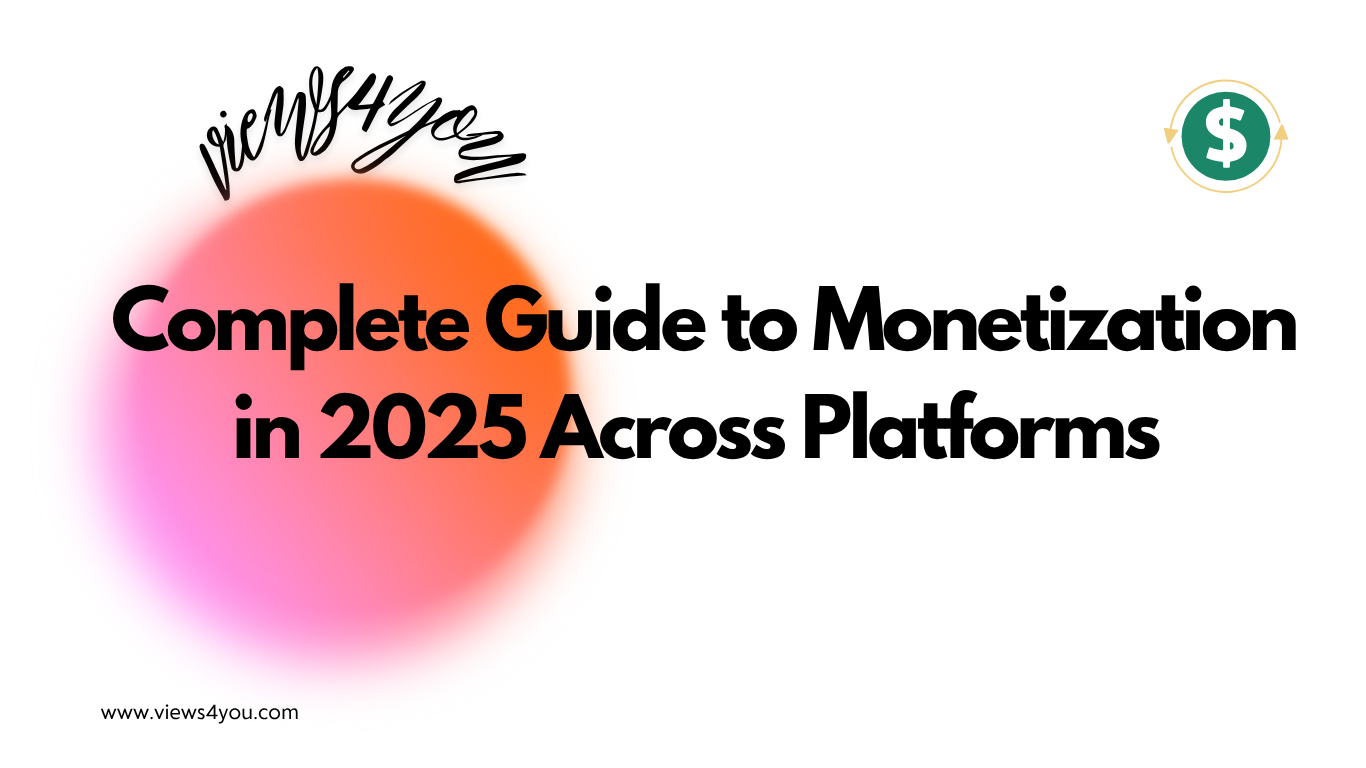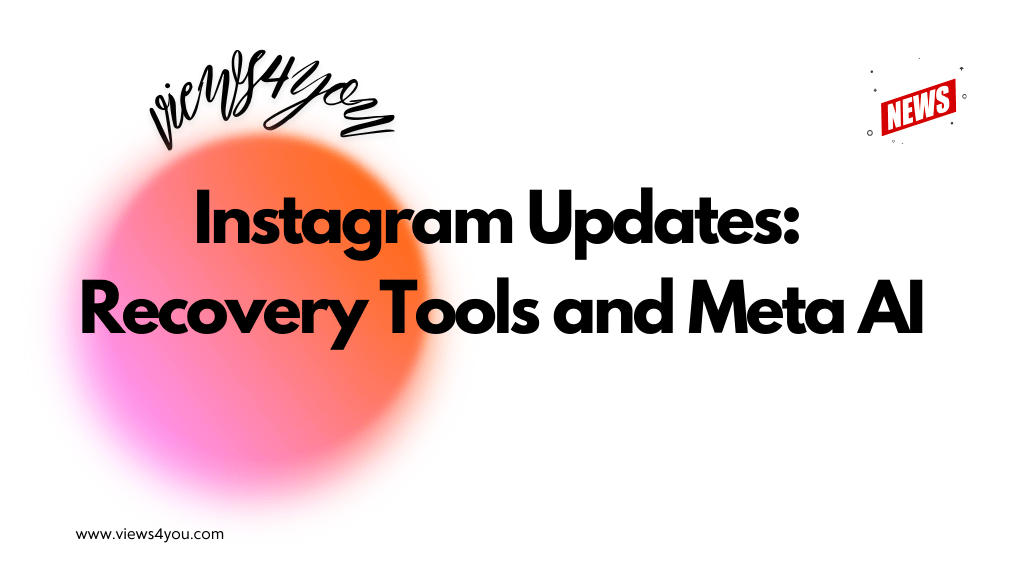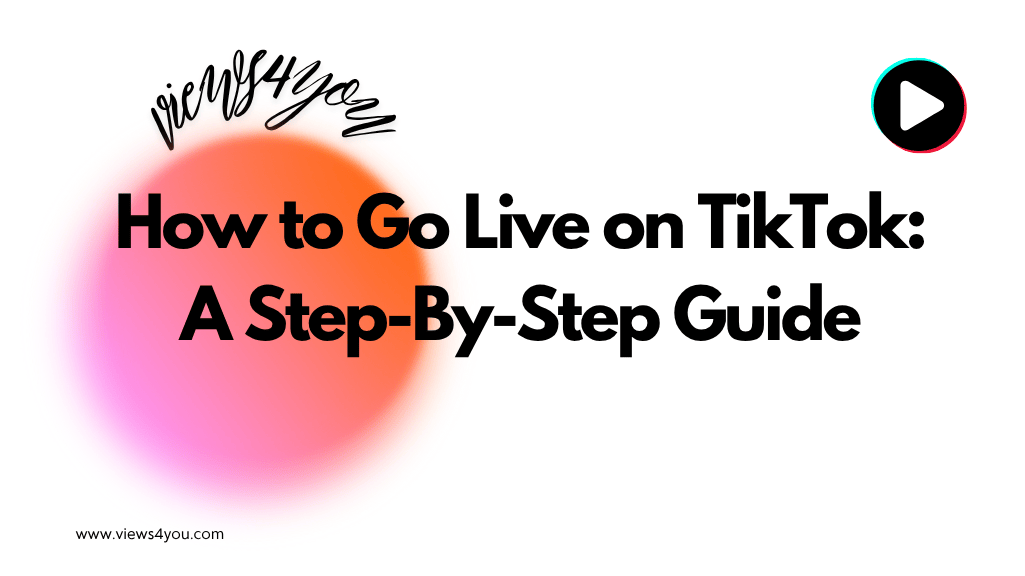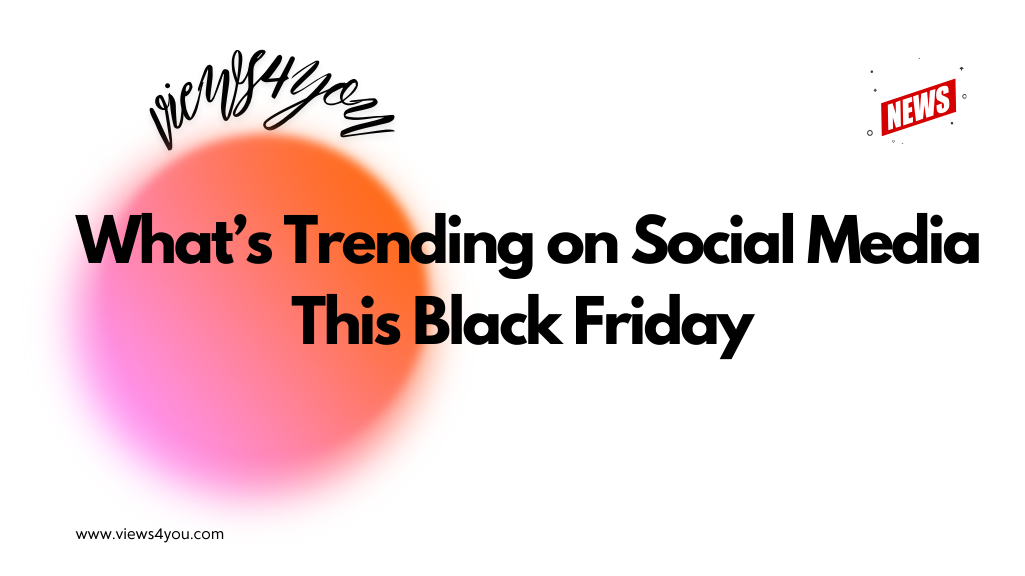From social media stories to email campaigns, landing pages to product demos, AI avatars give brands a consistent and relatable face that speaks clearly, feels personal, and keeps audiences engaged across every digital touchpoint.
AI avatars are now digital spokespersons and online presenters, including even hosts for the digital space, all in one. So, let’s put it in simple terms: frequent, reasonable, and interaction-friendly. Algorithms love visual narratives and familiar faces; avatars will soon be every marketer’s best-kept secret. Today, we’ll discuss why digital marketing AI avatars are much more than a trend and a brilliant future investment.
Why Are AI Avatars Becoming Powerful Tools in Marketing?
These AI avatars can mimic facial expressions, physical movements, as well as verbal patterns in an attempt to effectively and memorably communicate brand messages. However, nothing gimmicky is involved; it relies on three universal marketing superpowers:
- Consistency: Your character never has a bad hair day, loses a line, nor ever runs behind schedule.
- Scalability: It can happen anywhere, anytime, in any language, in any format.
- A Familiar Delivery: They smile, pause, and connect.
Several of the very specific benefits seen in the case with virtual assistants, namely consistency and constantly available communications, are the very specific avatars offered in visual representation. Some brands use avatars for giving tutorials, demonstrating new features, or answering customer calls in a friendly, in-brand tone. The payoff? A lovable digital face with a 24/7 work schedule, never losing personality, yet cementing trust.
How Do Avatars Fit into Digital Campaigns?
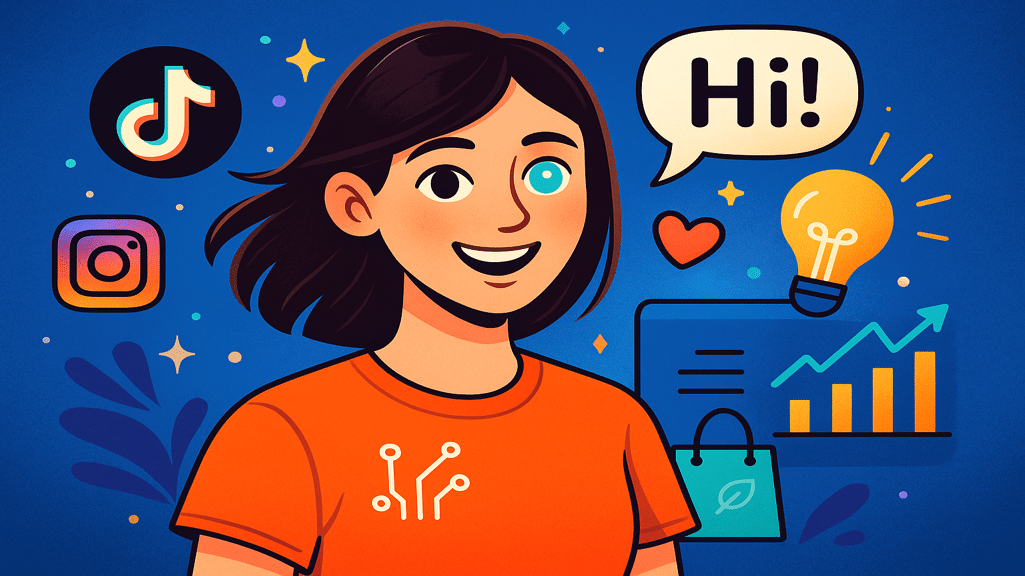
You can very well spot them in Instagram Reels, TikTok, or wherever else. Such avatars are well at ease in the content stream and can introduce or feature products or act as digital influencers.
This is how brands are treating them:
- Explainer Videos: One avatar leads you through the message through a series of regions and marketplaces.
- Short-Form Social Content: It appears in daily stories, reels, and feeds with new updates.
- Newsletters & Email Videos: Make a short note much stronger with a face that talks.
This merging of interaction with presence in a digital form follows a pattern in the social experiences in VR and AR in which avatars are a go-between for users and worlds.
Since avatars can be tailored for help in projecting brand tone, they can be serious, witty, or any tone in between. They can be applicable for every industry, from hi-tech to fashion, wellness, and learning.
Do Audiences Actually Respond to Them?
Yes, indeed. And not only just politely, but also actively. In one campaign, a beauty brand swapped out a generic voiceover for a friendly avatar video. The result? Watch time increased by 43%, and conversion jumped by 17%. But why?
- Familiarity breeds trust. Seeing the same visage over time builds a sense of relaxation.
- This feels direct. Even though you know in your head it isn’t, communication feels real.
- These AI avatars thrive in 15–30 second spots, which most platforms now reward.
This sort of focus and affability falls somewhere between chatbot velocity and influencer charm.
Where Are AI Avatars Used, and Where Can They Go Next?
AI avatars in digital marketing are no longer limited to niche experiments or futuristic demos. They’re already woven into the platforms we scroll, the emails we open, and the websites we visit. And their range is only growing.
Here’s where they’re already making an impact and where they’re heading next:
- Social Media Campaigns
- Product Walkthroughs and Demos
- Website Landing Pages
- Email and CRM Campaigns
- E-commerce and Retailing
- Virtual Conferences and Live Events
You can also anticipate avatars in customized learning, in health onboarding, and even in interactive messaging/handouts. As the sites also embrace increased diversity in multimedia, you can anticipate these avatars in yet still further spots in the whole buyer experience.
Will They Replace Human Influencers?
AI Avatars can’t replace human influencers. (At least for now.) They enhance the experience by delivering messages at scale and in style. But nothing beats the spark of lived experience or spontaneous emotion that a real person brings.
So put it in perspective like this:
- Real people: Personal stories, reactions, credibility
- Avatars: Consistency, reach, on-brand energy
Many brands start a campaign with a creator and keep it alive with AI avatars. This mix balances authenticity with efficiency.
FAQs
What are digital marketing avatars based on AI?
These are online avatars commissioned by brands for promoting content, entertaining audiences, and communicating messages in a human form. Presently, they are highly in demand for social media, tutorials, and short films.
Are AI avatars expensive when used in marketing campaigns?
No, they aren’t as expensive as a comparison with developing talent for every platform and every language.
Will AI avatars make human influencers redundant?
No, they won’t. Virtual digital marketing avatars provide scale with consistency, but actual creators also provide lived experience with authenticity, something avatars can’t necessarily provide.
What kinds of content are good for avatars?
Product demos, explainer videos, TED talks, segments for social media, and localization campaigns are good uses. Where a face, a voice, and a story are needed, avatars can offer it inexpensively.


